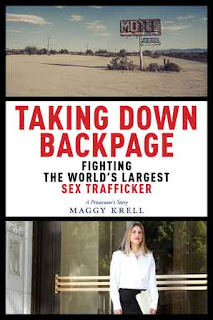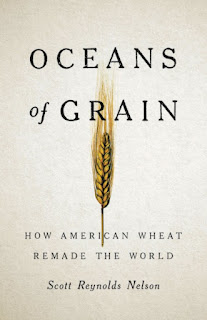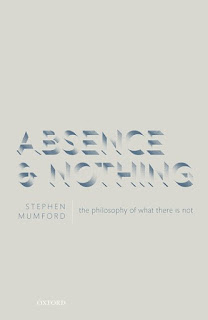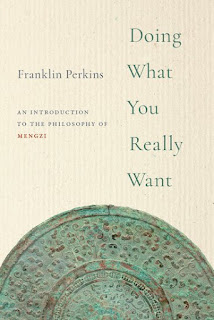 Women's, and Sexuality Studies at the University of Iowa. She is the author of The Cursillo Movement in America: Catholics, Protestants, and Fourth-Day Spirituality.
Women's, and Sexuality Studies at the University of Iowa. She is the author of The Cursillo Movement in America: Catholics, Protestants, and Fourth-Day Spirituality.
Nabhan-Warren applied the “Page 99 Test” to her latest book, Meatpacking America: How Migration, Work, and Faith Unite and Divide the Heartland, and reported the following:
When I received the invitation to apply the Page 99 Test to Meatpacking America I was intrigued and immediately accepted. I also love challenges. Game on!Learn more about Meatpacking America at the University of North Carolina Press website.
Page 99 is an excellent page to introduce a browser to what Meatpacking America is about. Since the book was published last fall, I have recorded several podcasts and Zoom talks, and page 99 is one of the pages (along with page 98!) I have consistently chosen to read aloud. Page 99 is part of chapter four, “The Work of God and Hogs,” in which I provide a vivid description of the inside of a Tyson hog processing plant. I bring the reader into the slaughterhouse and have her/him/them imagine and feel that they are there, on the line, wearing a hard hat, and getting their white smock bloody. I want the reader to feel the bodily sensation of a whizzer knife in their hands and to worry about the line speed. I want the reader’s hands to feel the cold and to have their hands cramp up from being wet and frigid in the 35 degree Fahrenheit air. I describe the orderliness of the plant---page 99 describes what is interchangeably called the fabrication side/fab/cold side. I detail how the mostly African and Latino/a workers move swiftly and gracefully, how it is dangerous work, and how it is bloody. Page 99 provides the reader with what the famous anthropologist of religion Clifford Geertz called “thick description.” I think that it is really important to create the setting where the reader can truly imagine themselves as part of the story, and I hope that this imaginative leap can lead to greater empathy for the refugee and migrant workers who staff meatpacking plants.
As a scholar I am committed to writing in a way that reaches a wide audience. In Meatpacking America, I want my readers to picture themselves in the rural communities I describe and to recognize the women and men whose stories fill the book’s pages. The book is about the lives of African, Asian, and Latino/a workers who live, pray, and work in rural Iowa. It is also about white Iowans who live alongside these newer arrivals and about the complex power dynamics, but also the cooperation that can happen in rural communities where meatpacking plants dominate the towns.
--Marshal Zeringue

























